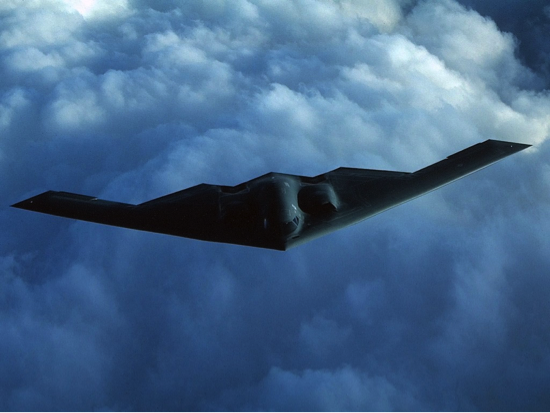 This is a guest post by Jarrod Hayes. He is Assistant Professor in the Sam Nunn School of International Affairs. He received his PhD in Politics and International Relations from the University of Southern California in 2009. His research broadly focuses on the social construction of foreign and security policy.
This is a guest post by Jarrod Hayes. He is Assistant Professor in the Sam Nunn School of International Affairs. He received his PhD in Politics and International Relations from the University of Southern California in 2009. His research broadly focuses on the social construction of foreign and security policy.
They are complex weapons. They are expensive. They require high levels of engineering expertise to develop, maintain and operate. They are the purview of the most advanced developed economies in the world. Nuclear weapons? Nope, modern major conventional weapons systems.
The title of this post exaggerates of course, but I think there might be something to it. My thinking on this subject is prompted by a recent story on quiet pressure being applied by policymakers the United States to their colleagues in the United Kingdom. The Americans want the Brits to scrap their submarine deployed nuclear weapons in favor, one assumes, of more conventional military capabilities.
The crux of the issue is the assessment by the US that the UK cannot afford to have conventional capabilities sufficient to allow the UK to be a full military partner and submarine-deployed nuclear weapons. The US assessment suggests that the established nuclear powers in the West will face increasingly difficult questions about arsenals that serve no practical military purpose. In part, this is due to an emerging era of global economic rebalancing. But in part, the difficult decisions are prompted by the enormous expense of modern major conventional weapons systems. As modern information and materials technology has advanced, so too has the cost of the systems that draw upon those technologies.
Compare, for example, the inflation adjusted costs of the B-52 and B-2. In 2012 dollars, the flyaway cost of the B-52A was about $240 million ($28 million in 1955 dollars). The B-2 weighs in at $1.047 billion per plane flyaway cost (about $737 million in 1997 dollars). Two platforms destined to do basically the same thing (strategic bombing) increased in cost more than four-fold.
My guess is that the same thing happened across the board. The US assessment combined with the rising cost and sophistication of modern weapons systems implies that nuclear weapons are no longer the hallmark of a great power, but instead the ability to field very expensive major conventional weapons systems that can be used in combat. But perhaps the really interesting part of the story is the potential for denuclearization through budgetary constraint and rising conventional costs. Who would have thought that the future of nukes might be challenged not by moral arguments, but rather financial and practical ones?
Daniel H. Nexon is a Professor at Georgetown University, with a joint appointment in the Department of Government and the School of Foreign Service. His academic work focuses on international-relations theory, power politics, empires and hegemony, and international order. He has also written on the relationship between popular culture and world politics.
He has held fellowships at Stanford University's Center for International Security and Cooperation and at the Ohio State University's Mershon Center for International Studies. During 2009-2010 he worked in the U.S. Department of Defense as a Council on Foreign Relations International Affairs Fellow. He was the lead editor of International Studies Quarterly from 2014-2018.
He is the author of The Struggle for Power in Early Modern Europe: Religious Conflict, Dynastic Empires, and International Change (Princeton University Press, 2009), which won the International Security Studies Section (ISSS) Best Book Award for 2010, and co-author of Exit from Hegemony: The Unraveling of the American Global Order (Oxford University Press, 2020). His articles have appeared in a lot of places. He is the founder of the The Duck of Minerva, and also blogs at Lawyers, Guns and Money.


Interesting. But will the U.S. apply the logic to itself? E.g. w/r/t refurbishing/replacing its tactical nuclear weapons in Europe.
https://howlatpluto.blogspot.com/2012/09/nuclear-insanity-to-nth-degree.html
Clearly not now. But if conventional weapons systems continue to grow in cost, I can imagine that would put a lot of pressure on programs like the B61 ‘modernization’
That was supposed to be a reply to LFC